Roseller Lim, Zamboanga Sibugay – A LITTLE more than 10 kilometers from this underdeveloped town, at the river-swept forested foot near Mt. Canatuan at the heart of Zamboanga Peninsula, lives the tribal group Subanon. They have been roaming this peninsula since time immemorial.
The customs by which they run their lives is not new compared to other ethnic groups in Mindanao, but what makes them out from the rest is the way they handle and resolve their conflict.
“If we are having major differences, we don’t go to a court. All we have to do here is to hold a dialogue between the conflicting parties even if the process will take years to end. A violent physical approach to settle the problem is equivalent to turning your back to our Apo,” said Timuay Fernando Mudai in mixed Visayan and Pilipino, referring to their equivalent of a supreme deity.
Timauy Mudai, who once engaged in a seven-year conflict with another tribal leader, Ricardo S. Iyong, for taking the side of a foreign mining company operating in Mt. Canatuan, finally ended their differences on September 24 amid a festive mood.
“This is our traditional way of resolving conflict,” said Iyong, referring to the sumptuous food being served that day and the overflowing supply of rice wine.
“We are celebrating that finally we’re able to settle our disputes,” Iyong told PeaceWorks, between sips from a jar of rice wine steeped in herbs.
The ceremony was held at a “Gukom” (Subanon’s gathering hall), where their two groups were asked to stand in a circle form side by side. Chicken blood dripping from a leafy brush was then painted each group member’s hands, signifying their desire to an end to their misunderstanding.
The tribal leaders gave their short messages to their people, emphasizing the need for reconciliation. Both parties asked for forgiveness and pledged to put all ill feelings their behind.
The ritual ceremony ended after the tribal leaders embraced each other followed by their members.
Fr. Angel Calvo, president of Peace Advocates Zamboanga, who was invited to witness the entire reconciliation ceremony, said he was impressed by the method the Subanons use in solving conflict, saying “dialogue is more effective than the current way how we respond to conflict.”
Dr. Rufina Cruz, vice-president of the Western Mindanao State University for research and development, said there are various levels of conflict solving and the indigenous way is one simple and honest method compared to the turtle-paced justice system of government in the Philippines.
According to a research study done by Dr. Ofelia Durante, director of the Ateneo de Zamboanga University Research Center, the Philippine justice system is enforced by the Anglo-American justice method, which is “anchored on crime, punishment and retribution. It operates on a ‘win-lose’ situation.”
On the other hand, she said, the traditional system erases crime, cleanses the violator and restores harmony once reparation is met. As such, it is a more positive approach to creating a ‘win-win’ situation.
“Moreover, this traditional method of resolving conflict responds to the demand for cultural solidarity premised on the recognition and respect for the culture and religion of the Moro people and the Lumads of Mindanao,” she said.
She said there are various ways in the traditional practice of resolving conflicts, among which are settling through mediation that is being led by the community elders and amicable settlement.
“The tribal leaders play a great role in the community, from being the keeper of the history to being a protector of the tribe,” said Elsie Mudai, a Subanon.
According to Timuay Mudai, the community is working together to preserve their justice system. “We want to see our children practicing our traditional way of resolving conflict,” he simply said.
Durante said: “Raising the awareness and developing the appreciation of the citizens as well as the government and civil society groups on the existence of such practices will hopefully lead to more systematic processes of addressing the Mindanao conflict.”

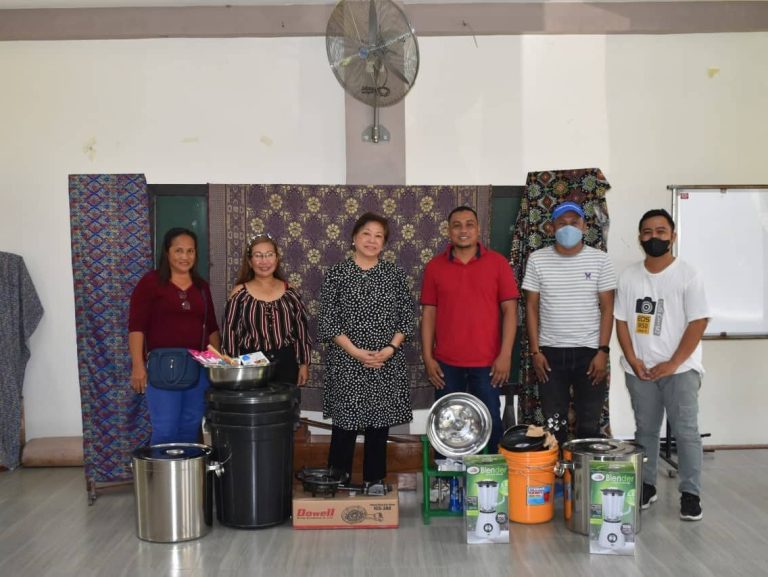
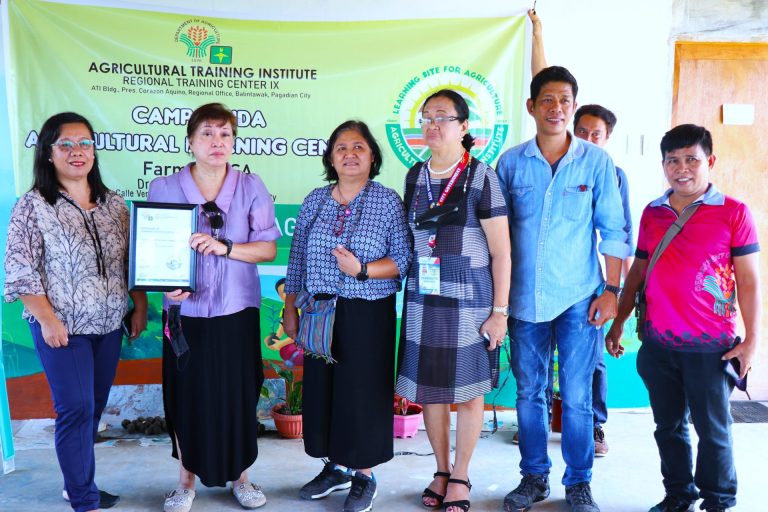

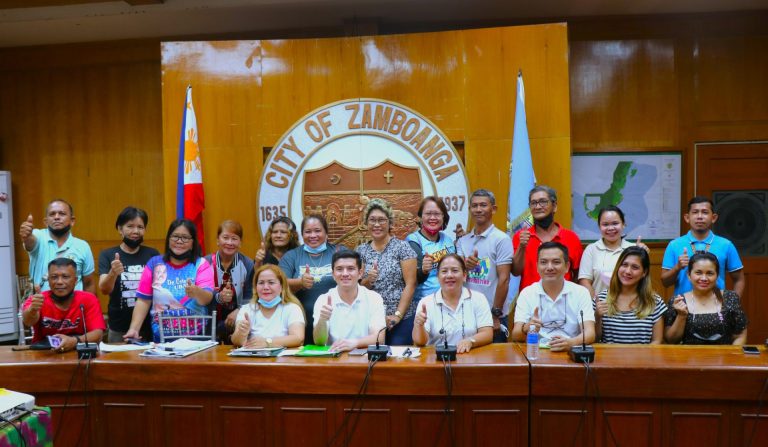
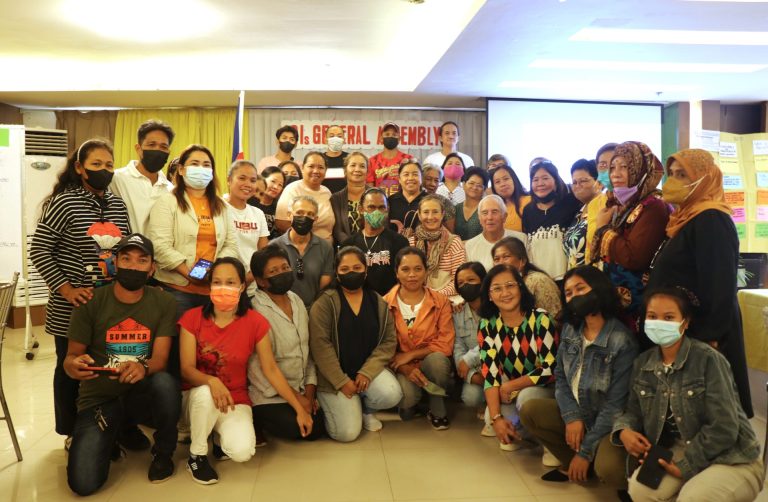
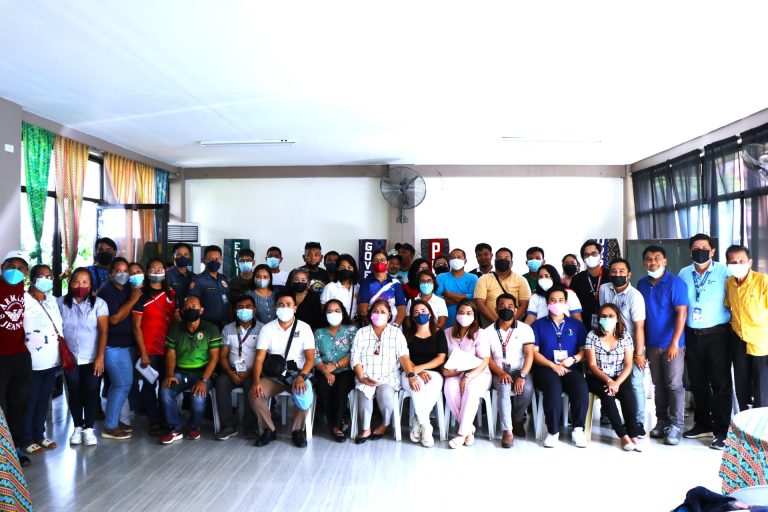
Recent Comments